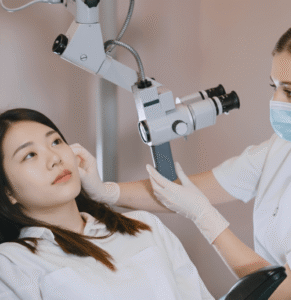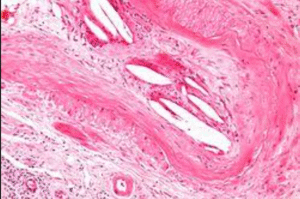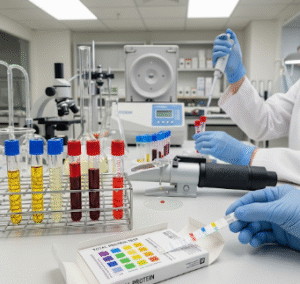Overview
Salmonella infection is one of the most common causes of foodborne illness worldwide. In South Korea, cases typically spike during the warmer months due to improper food handling or consumption of contaminated food. While most cases result in mild gastroenteritis, certain strains and vulnerable populations may experience severe illness or complications.
What is Salmonella?
Salmonella is a group of bacteria that causes an illness known as salmonellosis, primarily affecting the gastrointestinal tract. Infection usually occurs through ingestion of contaminated food or water, particularly undercooked meat, eggs, or unpasteurized dairy products.
The disease typically presents with gastrointestinal symptoms, but in some cases, the bacteria can spread to the bloodstream and become life-threatening if untreated.
Symptoms
Symptoms usually begin 6 to 72 hours after exposure and may include:
- Diarrhea (sometimes bloody)
- Abdominal cramps
- Nausea and vomiting
- Fever and chills
- Headache
- Muscle pain
Symptoms generally last 4 to 7 days and resolve without medical intervention, but severe cases may require hospitalization.
Causes
The primary cause of salmonella infection is ingestion of the Salmonella bacteria, which is commonly found in:
- Raw or undercooked eggs
- Raw meat or poultry
- Unpasteurized milk or juice
- Contaminated fruits and vegetables
- Food prepared with poor hygiene
- Direct or indirect contact with infected animals (especially reptiles and birds)
Risk Factors
- Infants and young children
- Older adults
- People with weakened immune systems (e.g., HIV/AIDS, cancer patients)
- Travelers to areas with poor sanitation
- Individuals working with animals or in food handling industries
Complications
Although most people recover fully, complications can occur in vulnerable populations:
- Severe dehydration
- Bacteremia (bacteria entering the bloodstream)
- Reactive arthritis (painful joint inflammation)
- Meningitis (in rare invasive cases)
- Death (rare, but possible without treatment in high-risk groups)
Prevention
Preventive measures are highly effective and include:
- Properly cooking poultry, meat, and eggs
- Avoiding raw or undercooked eggs (e.g., homemade mayonnaise)
- Washing hands thoroughly after handling raw food, animals, or using the bathroom
- Avoiding cross-contamination in the kitchen (use separate cutting boards)
- Drinking only pasteurized milk and juice
- Storing food at safe temperatures
- Practicing food safety during outdoor meals or travel
Public health authorities in Korea run food safety campaigns, especially in summer months and during school lunch programs.
Treatment Options in Korea
1. Hydration and Symptomatic Care
- Most cases are mild and require oral rehydration therapy
- Electrolyte solutions (available at pharmacies) may be recommended
- Antidiarrheal medications are usually avoided unless prescribed
2. Antibiotics (for Severe Cases)
Antibiotics are only prescribed when:
- The infection spreads beyond the intestines
- The patient is immunocompromised
- The patient is a child, elderly, or has a chronic condition
Common antibiotics used in Korea:
- Ciprofloxacin
- Azithromycin
- Ceftriaxone
Resistance to antibiotics is an emerging concern, so doctors rely on lab testing to determine the most effective treatment.
3. Hospitalization
- For severe dehydration or complications
- Intravenous fluids and antibiotics are administered
- Monitoring for signs of septicemia or organ involvement
4. Follow-Up and Public Health Reporting
- Confirmed salmonella infections are notifiable in Korea
- The Korea Disease Control and Prevention Agency (KDCA) monitors outbreaks
- Food establishments are often inspected following reported cases
5. Where to Seek Care
Salmonella care is available at:
- Local clinics and general hospitals
- Emergency departments (for severe symptoms)













